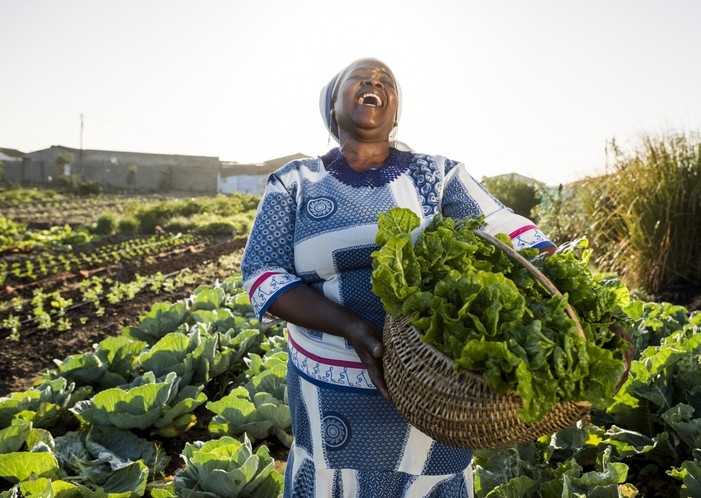
Mechanisation Key to Raise Agricultural Cooperative Production Value Chain
Mechanization could also help reduce production costs, increase income for farmers, and minimize loss during and after harvests.

The Red River Delta is still seeing a modest mechanization rate in its agricultural production.
Authorities, experts, and producers are looking for solutions to improve the situation and raise the production value of crops in the area.
According to the National Agriculture Extension Center (NAEC), mechanization in rice production in the Red River Delta remains modest, mostly applied in tillage and irrigation (over 90 percent), spraying pesticides and harvesting (80 percent), and transportation (over 75 percent).
The mechanization rate is still low in using rice transplanter machines (12 percent) and drying (20 percent).
The Institute of Agricultural Engineering and Post-Harvest Technology (under the Ministry of Agriculture and Rural Development) also said that right now, rice harvest storage is still being done on a small scale and scattered.
This is because most of the work is conducted by households, merchants, and cooperatives.
Due to their limited capacity, the crops are kept in sub-standard storage, which leads to unsatisfactory quality and a high loss rate, according to the institute.
Meanwhile, the percentage of machine-dried crops remains low at 20 percent.
Except for several industrial-scale rice milling and polishing companies with tower dryers, the rest are still using static flat-bed dryers or direct drying, which requires more workforce and affects quality.

The local mechanical industry currently meets about 33 percent of the demand for agricultural production machinery in terms of types, quantity, and quality.
While substantial policies and frameworks have been put in place, mechanization is still limited, due to inadequate resources, especially financial resources.
The existing infrastructure is also an obstacle to the comprehensive implementation of mechanization.
The factors concerned include the scale, flatness, and slope of each paddy field, as well as the irrigation system and the routes within the area.
Cost is also a major concern, as many people still have difficulty accessing loans without collateral, while support policies are not attractive enough for mechanical companies.
According to the Department of Cooperatives and Rural Development (DCRD), on average, 91 percent of the total rice production land in Việt Nam is tilled with machinery.
This mechanization rate is 21 percent in planting, 80 percent in irrigation, 53 percent in fertilizing, 59 percent in harvesting, 29 percent in drying and correct storing, and 78 percent in transportation.
Statistics also show that the loss of crops during the harvest and post-harvest stages reaches up to 3.2 million tonnes per year, equivalent to US$760 million in worth.
During these processes, about 970,000 tonnes of crops ($233 million) are lost during drying.
NAEC deputy director Hoàng Văn Hồng said that mechanization helps boost productivity, meet the seasonal farming schedule, and overcome the labor shortage during peak seasons and unfavorable weather.
Mechanization could also help reduce production costs, increase income for farmers, and minimize loss during and after harvests, he said.
It also encourages cooperation in production, as well as the engagement of young skilled workers in rural areas.
Ngô Mạnh Ngọc, deputy director of Hà Nam Province’s Department of Agriculture and Rural Development, said that the actual situation in the province shows that mechanization is becoming the key to elevating agricultural production value.
By scaling up production and boosting mechanization, producers’ profits could increase by 15 to 20 percent, compared to traditional practices.
Based on proposals and suggestions of agricultural cooperatives and households, the NAEC is also working with the Ministry of Agriculture and Rural Development for concrete directions and solutions for mechanized agriculture.
Local authorities will also study and issue appropriate policies that suit the local context and strengths, to enhance mechaniZation in production.
The NAEC also encourages cooperatives and households to link to one another, which will increase the scale of production area, and establish mechanical service providers for the locality. — VNS
SOURCE: The Viet Nam News

